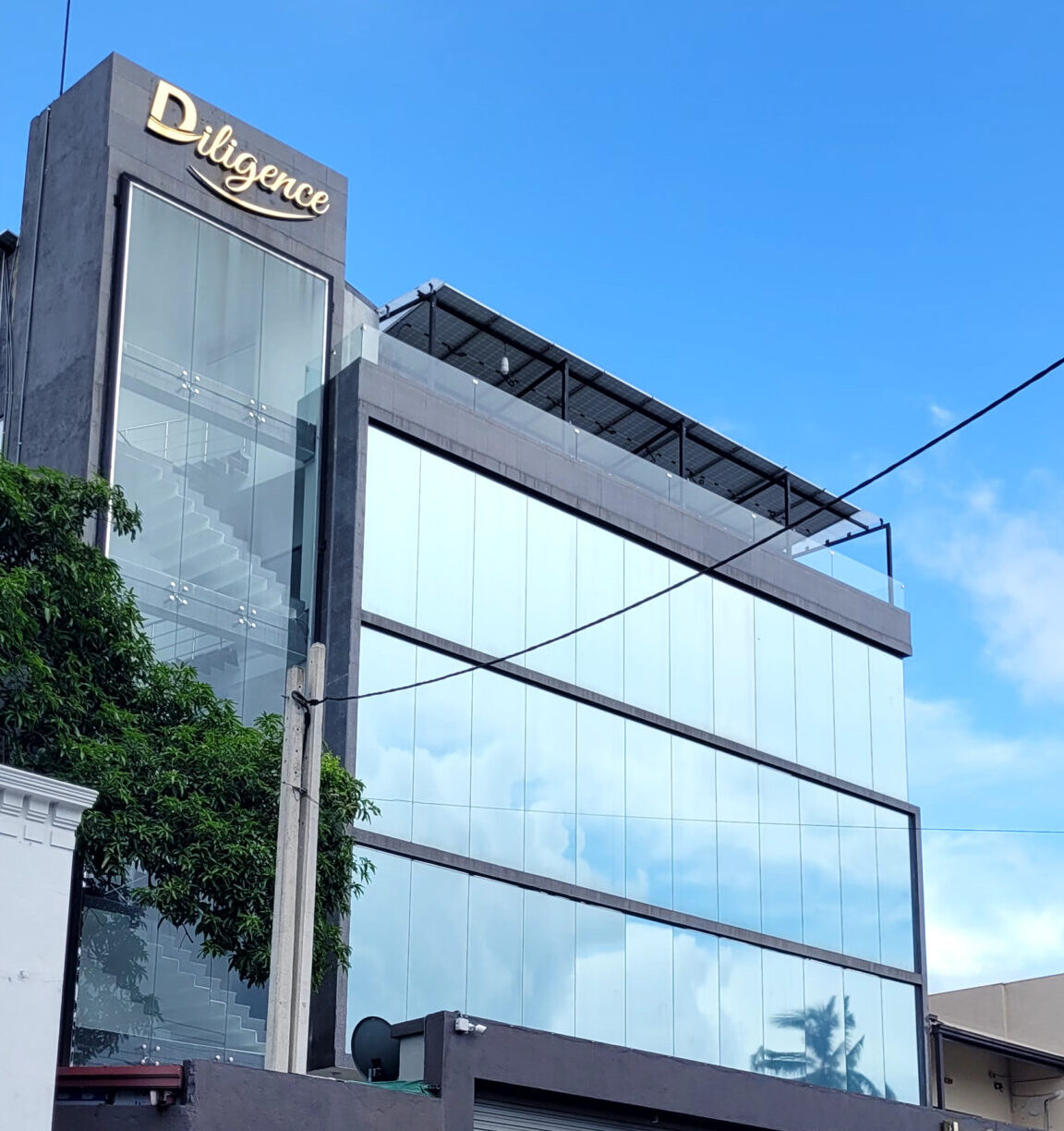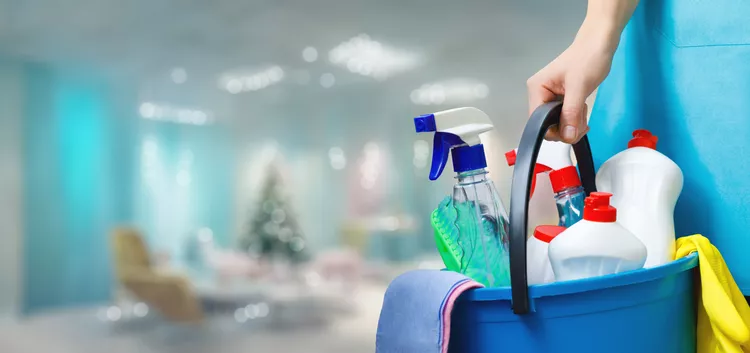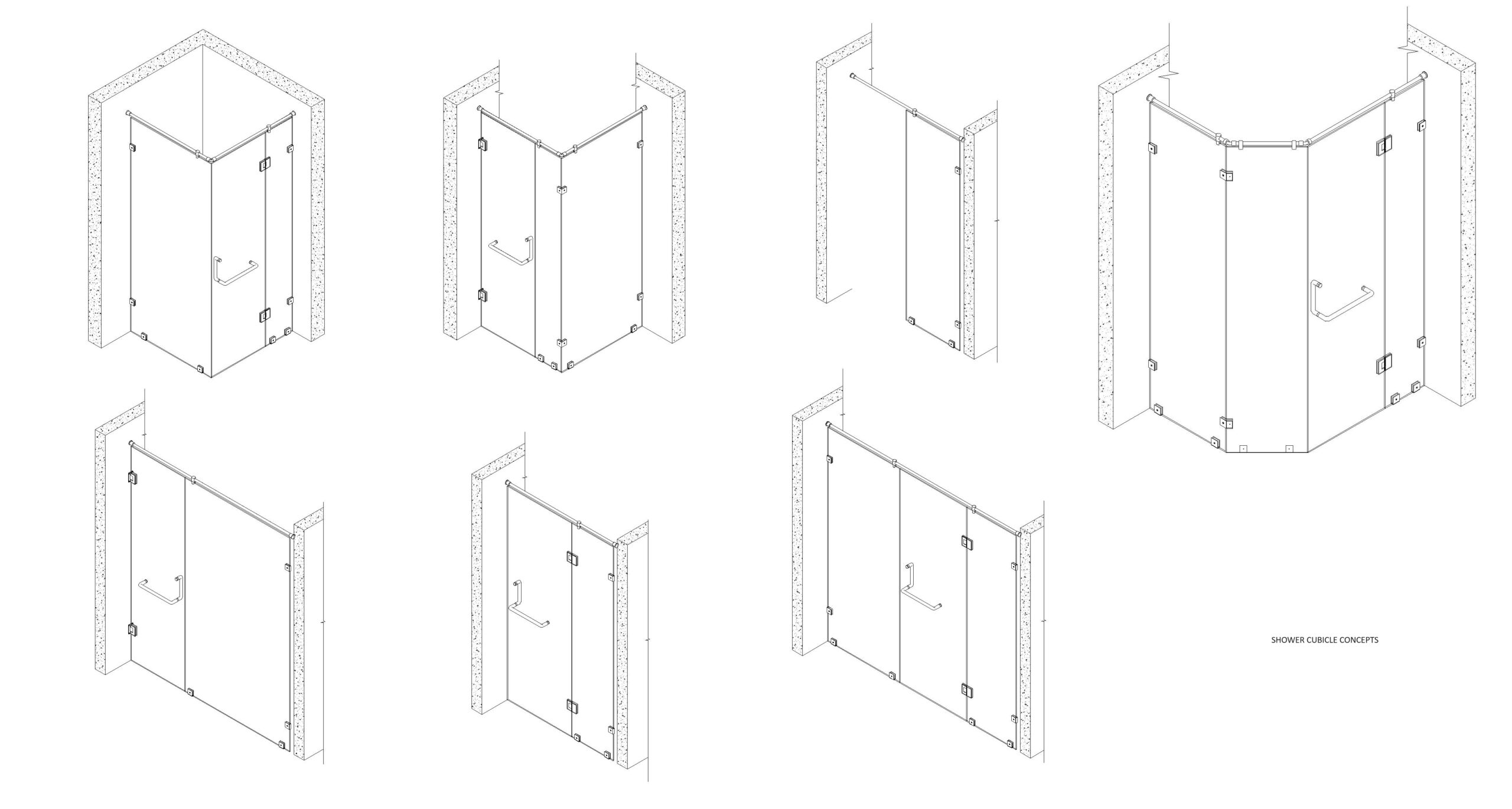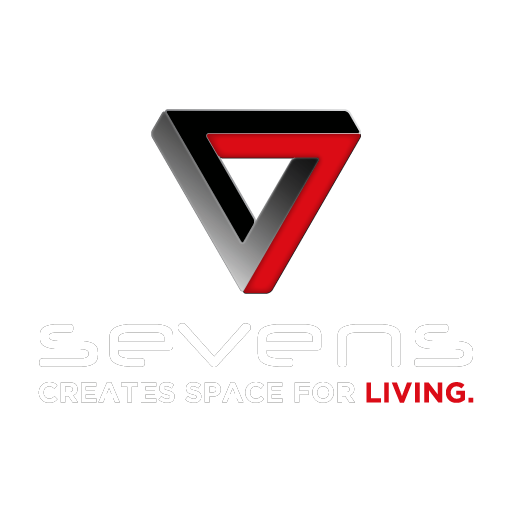
Energy Terminologies
| SAINT GOBAIN GLASS SGG : Solar Control Coated Glass. 6MM | ||||||
| TYPE | COLOUR | WEIGHT kg/m2 | VISUAL LIGHT TRANSMISSION | SOLAR FACTOR | SHADING COEFFICIENT | U-VALUE |
| Basic Clear Float | Clear | 15 | 89% | 0.85 | 0.97 | 5.75 |
| SGG ST 150 | Neutral blue/Grey | 15 | 51% | 0.55 | 0.63 | 5.5 |
| SGG ST 167 | Clear neutral | 15 | 66% | 0.67 | 0.78 | 5.5 |
| SGG Tinted Green | Basis Tinted light green | 15 | 73% | 0.57 | 0.65 | 5.7 |
ENERGY TERMINOLOGIES
Why solar control Glass : This glass has a special coating (magnetron sputtered) designed to reduce the amount of heat entering the building. It reflects and absorbs heat as well as filters light for reduced glare. Using solar control glass can reduce cooling costs, lighting costs and necessity for blinds. There are 16 shades of Saint Gobain solar control glass each offering different properties to suit the desired requirement of the client.
What is Visual Light Transmission (VLT) : Percentage of light ie; visible rays (light) transmitted by the glass into the building. Higher VLT means unfiltered light with greater glare inside the building. Light reflection is the percentage of light reflected by the glass.
What is Solar Factor (SF) : This measures the percentage of heat that passes through the glass. The lower the solar factor the higher the solar protection.
Solar Radiation : There are three types of radiation in the solar spectrum. Rays that can be seen by the naked eye (50%), Invisible rays being ultraviolet rays (5%) and Infrared rays (45%). All three types of rays emit energy, and therefore, act as heat sources.
What is Shading Co-efficient (SC) : The solar factor (total transmittance) of a glass relative to that of 3mm clear float glass (0.87) used as a performance comparison. The lower the shading coefficient number, the lower the amount of solar heat transmitted.
How to reduce the Relative Heat Gain (RHG) : In high climatic conditions like Sri Lanka, 80% of the total heat gain is due to direct solar radiation and the rest is due to temperature difference between the exteriors and interiors. Thus to reduce the overall Relative Heat Gain in tropical climates, It becomes necessary to reduce the incoming solar radiation by use of solar control glass with high performance solar coatings. Contrary to this in Cold climates the emphasis is on glass with low-emissive (low-e) coatings to reduce the rate of heat loss from interior to exterior.
What is U-Value : The U-value of a window is a measurement of the rate of heat loss indicating how well your windows are keeping valuable heat inside. It is expressed in Watts per square meter Kelvin (W/sqm K). The lower the U-value the better the thermal performance of the glass. Low-emissivity – Low-e glass offers improved thermal insulation denoted by very low U-Values. (Applicable to cold climatic conditions to save valuable heat inside.)






